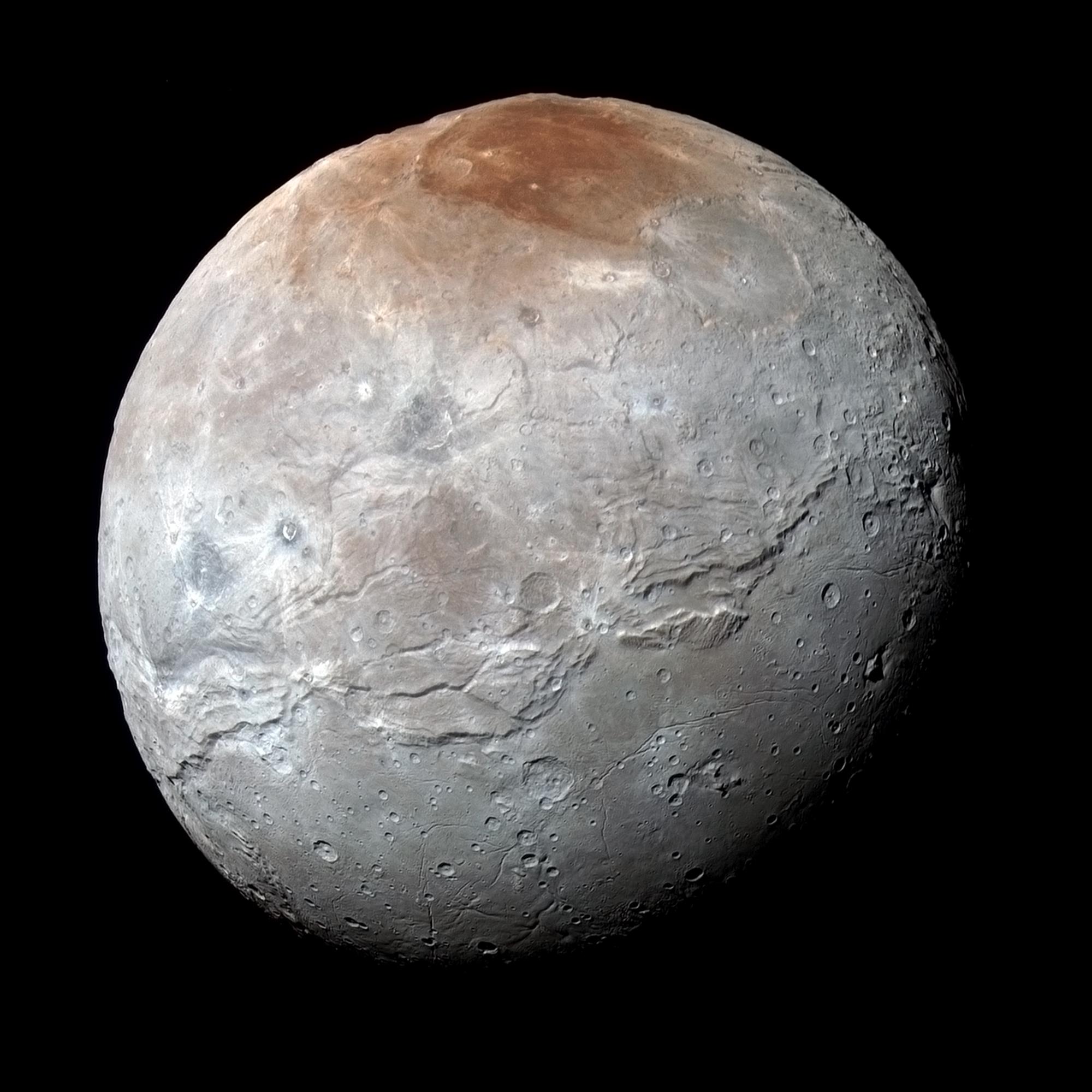
WASHINGTON (TIP): Uranus may have two tiny, previously undiscovered moons orbiting near two of the planet’s rings, researchers using data from NASA‘s Voyager 2 spacecraft have found.
Rob Chancia, a doctoral student at University of Idaho in the US, spotted key patterns in the rings while examining decades-old images of Uranus’ icy rings taken by Voyager 2 which flew by the planet 30 years ago.
He noticed the amount of ring material on the edge of the alpha ring -one of the brightest of Uranus’ multiple rings – varied periodically.
A similar, even more promising pattern occurred in the same part of the neighbouring beta ring.
“When you look at this pattern in different places around the ring, the wavelength is different – that points to something changing as you go around the ring. There’s something breaking the symmetry,” said Matt Hedman, an assistant professor of physics at the University of Idaho.
Researchers analysed radio occultations – made when Voyager 2 sent radio waves through the rings to be detected back on Earth – and stellar occultations, made when the spacecraft measured the light of background stars shining through the rings, which helps show how much material they contain.
They found the pattern in Uranus’ rings was similar to moon-related structures in Saturn’s rings called moonlet wakes.
The researchers estimate the hypothesised moonlets in Uranus’ rings would be four to 14 kilometres in diameter – as small as some identified moons of Saturn, but smaller than any of Uranus’ known moons.
Uranian moons are especially hard to spot because their surfaces are covered in dark material.
“We haven’t seen the moons yet, but the idea is the size of the moons needed to make these features is quite small, and they could have easily been missed,” Hedman said.
“The Voyager images were not sensitive enough to easily see these moons,” he said.
Hedman said their findings could help explain some characteristics of Uranus’ rings, which are strangely narrow compared to Saturn’s.
The moonlets, if they exist, may be acting as “shepherd” moons, helping to keep the rings from spreading out. Two of Uranus’ 27 known moons, Ophelia and Cordelia, act as shepherds to Uranus’ epsilon ring.
“The problem of keeping rings narrow has been around since the discovery of the Uranian ring system in 1977 and has been worked on by many dynamicists over the years,” Chancia added.





Be the first to comment